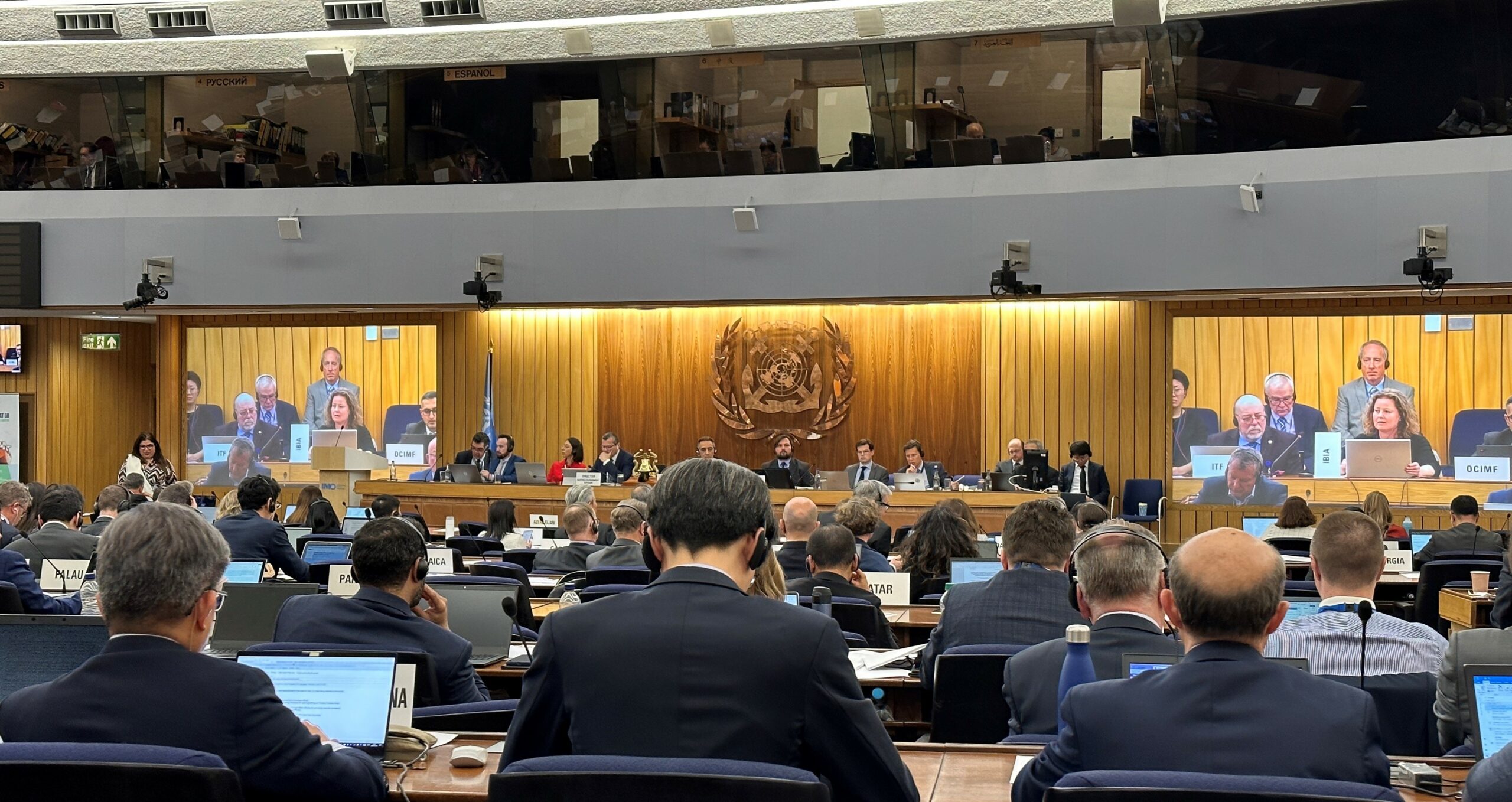IMO sub-committee accepts use of electronic BDNs after long discussion
IBIA is pleased to report that an IMO sub-committee, which will report to MEPC 80, has agreed that bunker delivery notes (BDNs) are acceptable in either hard copy or digital form providing they meet the relevant requirements of MARPOL Annex VI.
It follows a proposal made to the Sub-Committee on Pollution Prevention and Response by the UK, IACS and IBIA, which was discussed at length during last week’s 10th session (PPR 10).
Our proposal, contained in document PPR 10/14, was made to give industry certainty and alleviate challenges during port State control (PSC) regarding the acceptability of an electronic BDN. Instances have been reported where this was an issue.
Regulation 18.5 of MARPOL Annex VI requires details of fuel oil intended for combustion purposes to be recorded by means of the BDN which is to contain at least the information in appendix V of MARPOL Annex VI. Regulation 18.6 of MARPOL Annex VI requires that the BDN to be kept on board the ship and to be readily available for inspection at all reasonable times. The regulation does not specify the form (physical hard copy or digital), but BDNs are predominantly saved and presented as a hard copy paper document.
Our proposal was for a Unified Interpretation to clarify that electronic BNDs are also acceptable. This principle was generally supported, but there was a lot of debate about how to move forward with this.
Our proposal for Unified Interpretation also mentioned “taking into account” relevant section of a FAL Circular with guidelines for the use of electronic certificates. This was added to alleviate concerns from some parties about the authenticity of digital BNDs. The reference to the FAL circular was, however, problematic for many delegates and created a long debate about how to avoid references to other IMO circulars or resolutions that could give the impression that the BDN is a certificate, or that an administration must approve the use of electronic BNDs.
At the same time, it was clear concerns about the authenticity of an electronic BND needed to be addressed. Several delegations mentioned the legal importance of BDNs for documentation purposes, and that BDNs will become increasingly important as part of the documentation supporting IMO policies to reduce GHG emissions from ships. Some delegations expressed concerns that developing a unified interpretation might not provide sufficient security and accountability guarantees.
This was debated a length first in plenary at PPR 10 and then in a working group. In the end, it was understood that the unified interpretation was only dealing with the current requirements under regulation 18.5 and 18.6 of MARPOL Annex VI, but should include text about how to ensure electronic BDNs would be tamper-proof.
After discussion in the working group, the delegations who had proposed the unified interpretation (United Kingdom, IBIA, IACS) were tasked with amending the text to address these concerns. We worked late and resolved these concerns by adapting relevant text from the FAL circular, while avoiding any references to ‘circular’ or ‘administration’ that may be misinterpreted. The next day, the working group, and subsequently PPR in plenary, agreed to our amended proposal for a Unified Interpretation.
The Unified Interpretation agreed at PPR 10 will be presented to the Marine Environment Protection Committee for its 80th session in July (MEPC 80) for approval as follows:
Applicability of the requirements for a bunker delivery note
Regulation 18
Fuel oil availability and quality
2 In the annex to circular MEPC.1/Circ.795/Rev.7, it is proposed to add a new interpretation after paragraph 12.1 as follows:
“12.2 The Bunker Delivery Note (BDN) required by regulation 18.5 is acceptable in either hard copy or electronic format provided it contains at least the information specified in appendix V to MARPOL Annex VI and is retained and made available on board in accordance with regulation 18.6.
In addition, an electronic BDN should be protected from edits, modifications or revisions and authentication be possible by a verification method such as a tracking number, watermark, date and time stamp, QR code, GPS coordinates or other verification methods.”
***
IBIA is happy with this outcome and hopes MEPC 80 will approve the interpretation so the industry can have confidence in using electronic BDNs. There was talk about sending the proposal to FAL (the IMO’s Facilitation Committee) to amend the FAL Circular to include electronic BDNs, which would have meant a long delay in resolving the issue.
